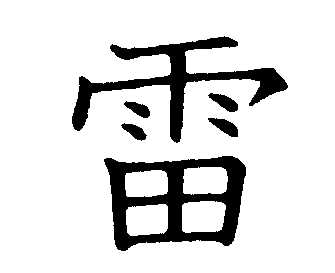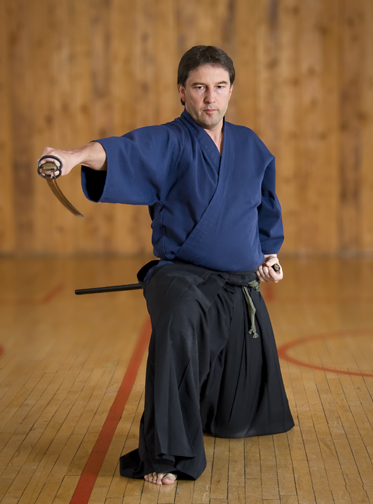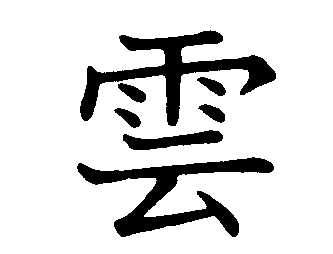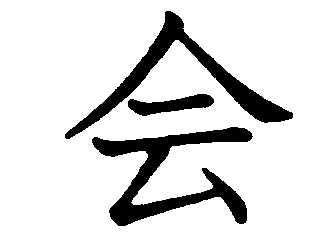Thunder Bay Iaido and Jodo
Practice
Info:
**--
Practice
times and exceptions for holidays and seminars can be found via the Calendar link --**
Location
: "The Dojo"
137 Pruden St., Thunder Bay, Ontario
Times:
FALL AND WINTER ( Sept - May)
Thursdays: 6:30 pm – 8:00
pm (Iaido)
Saturdays: 3:30 pm – 5:00
pm (Jodo)
SUMMER ( June - Sept)
Thursdays: 6:30 pm – 8:00
pm (Iaido)
Thursdays: 8:00 pm – 9:30
pm (Jodo)
PRACTICE FEES:
Fees for practice are $ 40.00 per month. This covers both Iaido and
Jodo. **-You can now pay online-**.
One Month Membership Fee:
CKF Membership
Rai Un Kai is a member of the
Canadian Kendo Federation. Students must be members of the CKF in order
to grade for ranks 1st kyu and above in Iaido and Jodo. CKF membership
fees are paid directly to the CKF via their web-site
Class Registration
Please reveiw the following registration and
Physical Activity Readiness Questionaire (PARQ), it includes a release
statement that must be signed by the student on joining the club.
PARQ and Registration Document
SWORDS
Initially,
the student may use a bokken or bokuto (wooden sword). As soon as
possible, however, the student should acquire a proper Iaito (non sharp
Japanese training sword). Ornamental and western swords are not
acceptable. At lower grades, shinken (sharp blades) are not permitted.
A sageo (cord) must be used at all dan levels and ikkyu. Below ikkyu it
is recommended but not required.
UNIFORM
Initially, any
type of loose clothing is acceptable, and kneepads are recommended.
Eventually, the student should acquire an Iaido or Kendo uwagi (top),
obi (belt), and hakama (pant/skirt). Students should note the following:
* The hakama and uwagi should be black,
dark blue or white;
* The neckline at the front should meet
close to the base of the throat and should not loosen;
* T-shirts may not be worn but an
under-gi (juban) is permissible and recommended;
* The uwagi must be long enough to cover
the leg at the side of the hakama;
* The hakama should be the proper length
(just touching the top of the foot);
* The obi should match the colour of the
hakama;
* Clothing should be clean and
unwrinkled;
* Long hair (shoulder length) should be
tied back and out of the face;
* Name tags are not required but if worn
should be attached to the left chest;
* No jewelry, watches, excessive makeup,
nail polish, or "dojo badges" are permitted.
SCHOOLS TAUGHT
Two
schools (ryu) of Iaido are taught at Rai Un Kai: Muso Jikiden Eishin
Ryu and Zen Ken Ren Iai. The following is a brief history of both
schools.
Muso Jikiden Eishin Ryu: The man generally credited
with originating Iaido is Hayashizaki Jinsuke Shigenobu (c. 1546 to
1621) (Hayashizaki Ryu). From his teachings, many schools or ryu
developed over the years. The Eishin Ryu and Omori Ryu techniques were
developed during the 17th century by the 7th headmaster, Hasagawa
Eishin, and Omori Rokurozaemon Masamitsu, respectively. The 9th
headmaster, Hayashi Rokudayu Morimasa brought these techniques to Tosa
province where the school originates. In the early part of the 20th
century (c. 1912 -1926), the 17th headmaster, Oe Masamichi, gave the
school its current name - Muso Jikiden Eishin Ryu - and organized it
into the current 3 level system: introductory seiza no bu (from Omori
Ryu), intermediate tate hiza no bu (from Eishin Ryu) and the advanced
Oku Iai Iwaza no bu and tachi waza no bu (from Muso Jikiden Ryu) - in
total, approximately 42 waza or kata. The name Iaido itself did not
become popular until the 1930's.
Zen Ken Ren Iai: In 1968 the
All Japan Kendo Federation, which supports and governs most Iaido
schools in Japan, developed a set of 7 techniques by a committee
consisting of high ranking instructors from different Iaido schools
(Muso Shinden Ryu, Muso Jikiden Eishin Ryu and Hoki Ryu). The set was
named Zen Nihon Kendo Renmei Iai Seitei Gata. Later, 3 more techniques
were added and the set was renamed Zen Ken Ren Iai. A further 2
techniques have recently been added. These forms became the common
element for gradings and shiai and are taught at the introductory level.









